Enterprise DLP
- Why is data security important?
- What are the benefits of data security?
- What are the different types of data security tactics, tools, and solutions?
- What are data security regulations?
- Top 10 data security best practices, tips, and tricks
- 2025 data security trends
- Comparing data security with other security technologies
- Data security FAQs
What Is Data Security? Data Security Definition + Overview
Data security is the practice of protecting digital information from unauthorized access, corruption, or loss. It involves implementing technologies, tools, and policies to ensure data remains safe throughout its lifecycle.
Data security includes methods like encryption, access controls, and regular auditing to prevent breaches and ensure compliance with regulations.
- Why is data security important?
- What are the benefits of data security?
- What are the different types of data security tactics, tools, and solutions?
- What are data security regulations?
- Top 10 data security best practices, tips, and tricks
- 2025 data security trends
- Comparing data security with other security technologies
- Data security FAQs
- 1. Why is data security important?
- 2. What are the benefits of data security?
- 3. What are the different types of data security tactics, tools, and solutions?
- 4. What are data security regulations?
- 5. Top 10 data security best practices, tips, and tricks
- 6. 2025 data security trends
- 7. Comparing data security with other security technologies
- 8. Data security FAQs

Data security is important because it protects sensitive information from theft, corruption, or unauthorized access.
Which is why organizations have to secure customer data, intellectual property, and business-critical assets.
With data breaches becoming more common, the potential financial losses can be severe, including fines, legal fees, and damage to a company's reputation.
Plus: Regulations like GDPR and HIPAA require organizations to take specific actions to protect data. And non-compliance can lead to major penalties.
As cyber threats continue to evolve, investing in strong data security measures is necessary for minimizing risks—not to mention protecting business operations and customer trust.
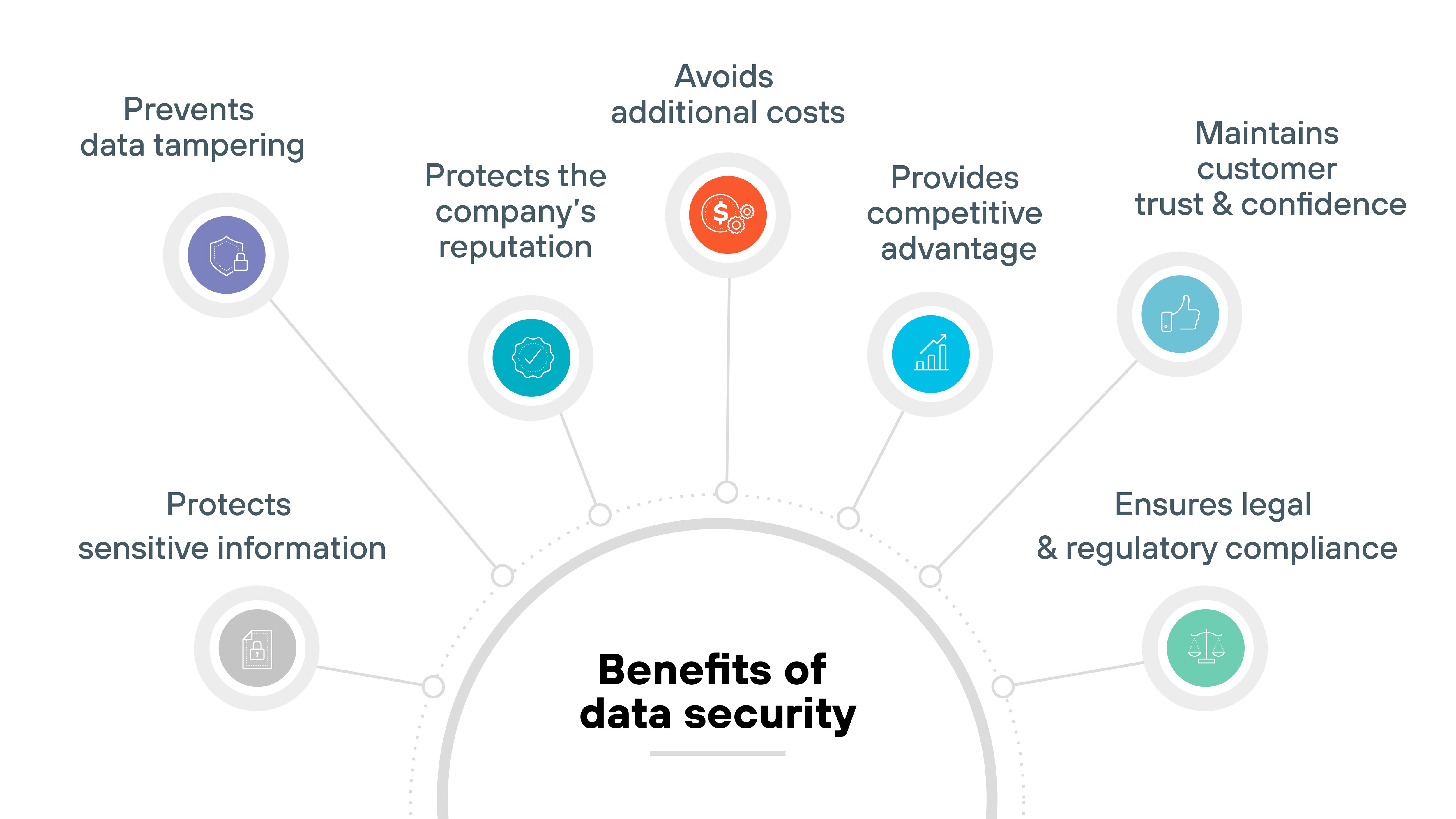
Data security capabilities provide several key advantages to organizations, including:
- Protects sensitive information: Data security measures, like encryption and access controls, protect critical information from unauthorized access or theft.
- Prevents data tampering: Data security also helps prevent unauthorized modifications to data.
- Protects the company’s reputation: By keeping data secure, organizations can avoid the negative publicity and loss of customer trust that often follow data breaches.
- Ensures legal and regulatory compliance: Adopting data security measures helps organizations comply with industry regulations and standards, such as GDPR or HIPAA.
- Maintains customer trust and confidence: Customers expect their service providers to handle data responsibly. Effective data security measures protect this trust, which is essential for long-term business success.
- Provides competitive advantage: Organizations that implement strong data security practices can stand out from competitors. By ensuring data is safe, businesses protect their own assets and demonstrate reliability to potential clients.
- Avoids additional costs: Proactively securing data can save organizations from the high costs associated with data breaches, like legal fees, lost business, and the costs of rebuilding a compromised system.
What are the different types of data security tactics, tools, and solutions?
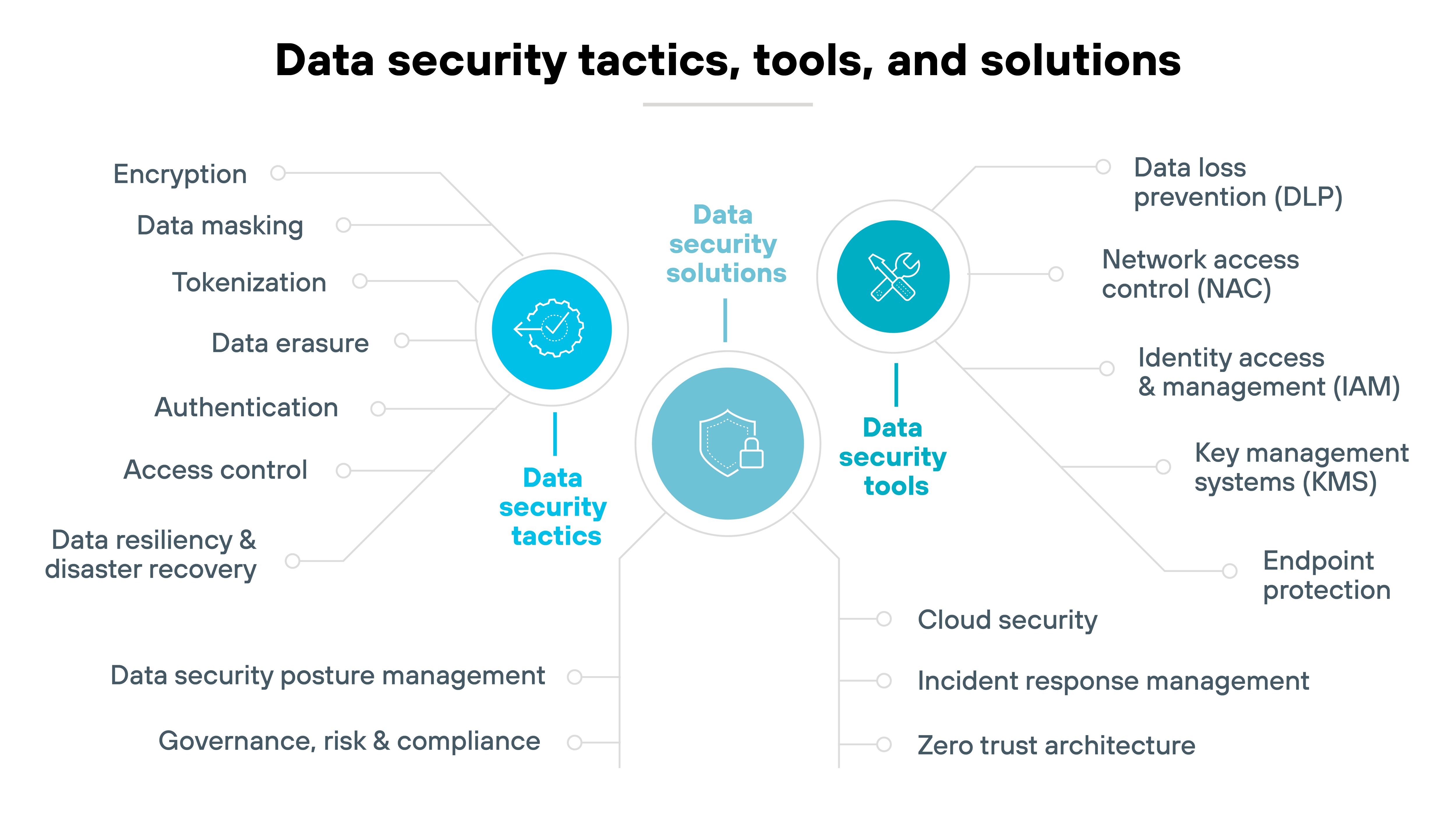
Data security involves applying a range of tactics, tools, and solutions to protect sensitive information from unauthorized access, corruption, or loss.
Which means that to create a complete data security strategy, organizations need:
- A combination of tactics to secure it
- Tools to implement those tactics
- Solutions to ensure long-term protection and compliance
Let’s break down the various components of data security technologies in more detail:
Data security tactics
Data security tactics are the strategic approaches used to protect data from potential risks and threats. They focus on how an organization manages and secures its data at all stages of its lifecycle.
- Encryption: Encryption converts data into an unreadable format, ensuring only authorized users with the decryption key can access it. It’s essential for protecting data during transmission and storage. Especially in case of a data breach.
- Data masking: Data masking hides sensitive information by replacing it with proxy data. It allows for the use of data in non-production environments without exposing sensitive information to unauthorized users.
- Tokenization: Tokenization replaces sensitive data with non-sensitive tokens that have no direct mathematical connection to the original data. This solution helps organizations protect payment card information, personal identifiers, and other sensitive data while minimizing the risk of exposure.
- Data erasure: Data erasure permanently removes sensitive data from systems. Unlike deletion (which may leave data recoverable) data erasure ensures the data cannot be retrieved, even by malicious actors.
- Data resiliency and disaster recovery: Data resiliency is a combination of efforts that allow an organization to quickly recover and continue operations after a data breach, system failure, or natural disaster. It includes strategies like data backups and disaster recovery plans.
- Access control: Access control involves restricting access to sensitive data based on roles and permissions. With access controls in place, only authorized personnel can view or modify data, reducing the risk of unauthorized exposure.
- Authentication: Authentication verifies the identity of users before they can access data using methods like strong passwords, biometrics, and security tokens.
Data security tools
Data security tools are software or hardware solutions designed to implement security tactics effectively. These tools provide the necessary infrastructure for securing data, detecting threats, and responding to breaches.
- Data loss prevention (DLP): DLP tools monitor data usage and movement to prevent unauthorized access or accidental loss.
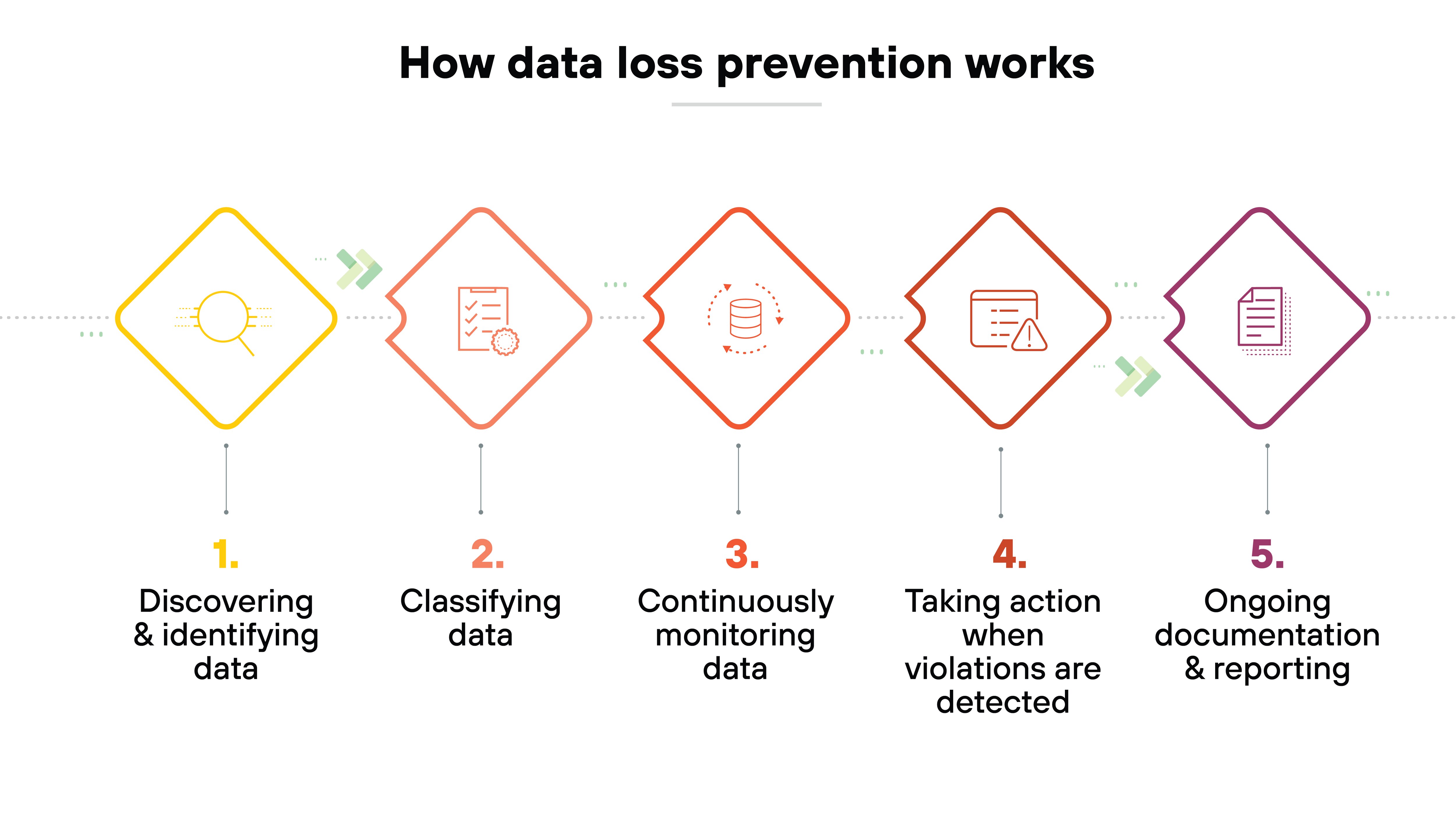
- Identity and access management (IAM): IAM tools help control user identities and their access to sensitive data. They include features like multi-factor authentication (MFA) and role-based access controls (RBAC).
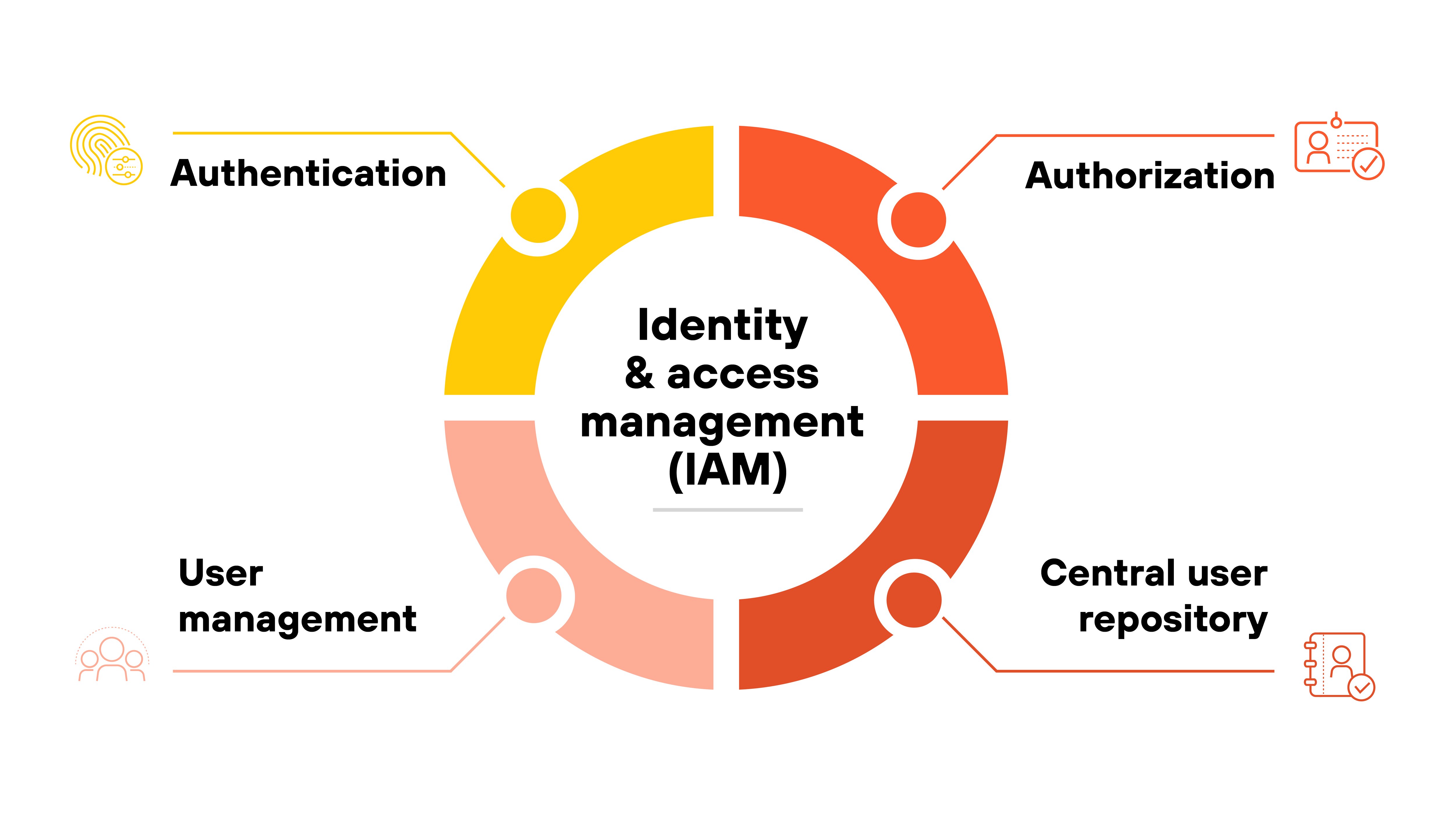
- Key management systems (KMS): Key management tools manage the encryption keys used to protect data. These tools store and manage keys securely to ensure that only authorized users can decrypt encrypted data.
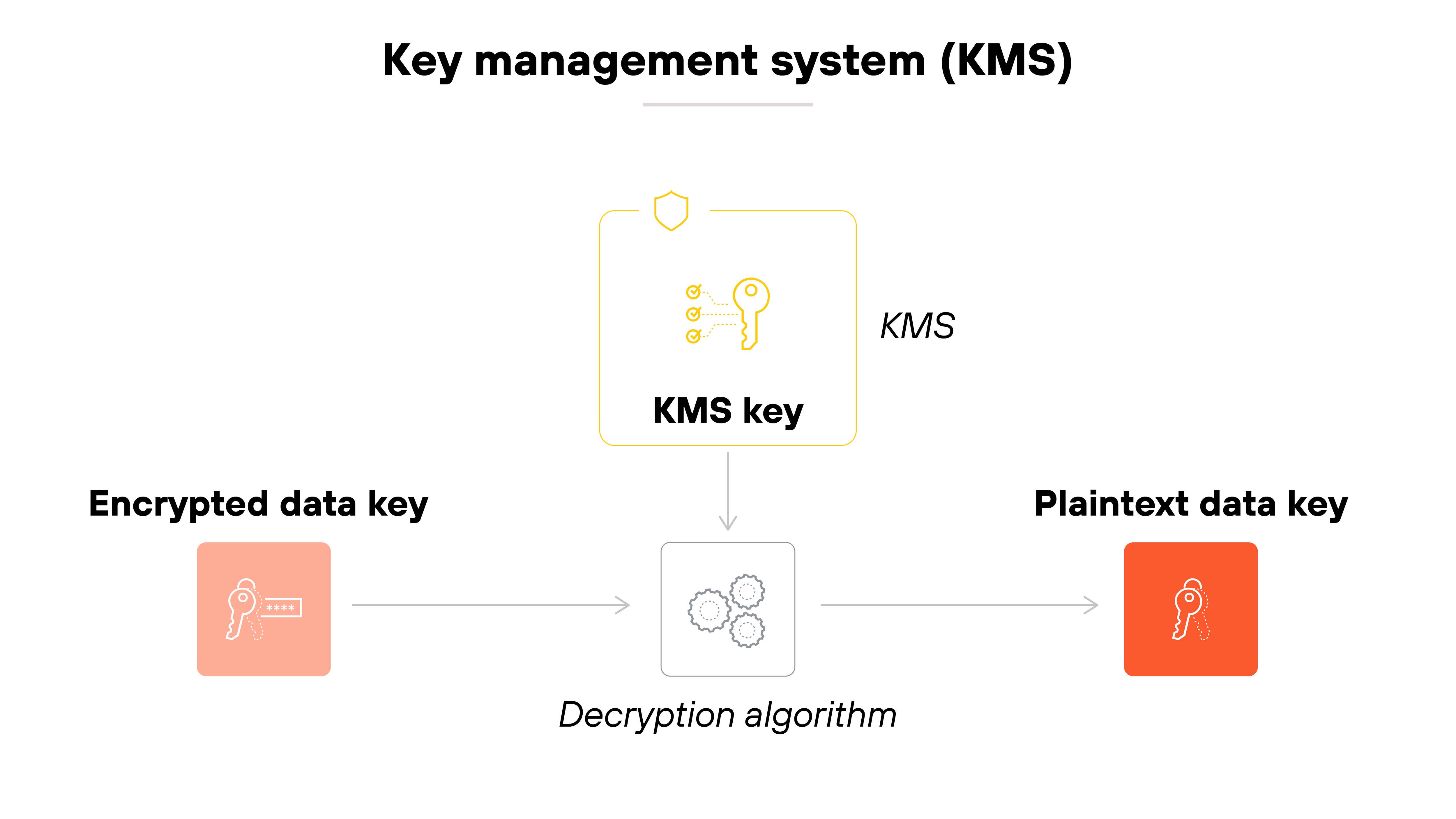
- Endpoint protection: Endpoint protection tools secure devices that connect to the organization’s network, like laptops, smartphones, and servers. They help protect against malware, ransomware, and other threats targeting endpoints.
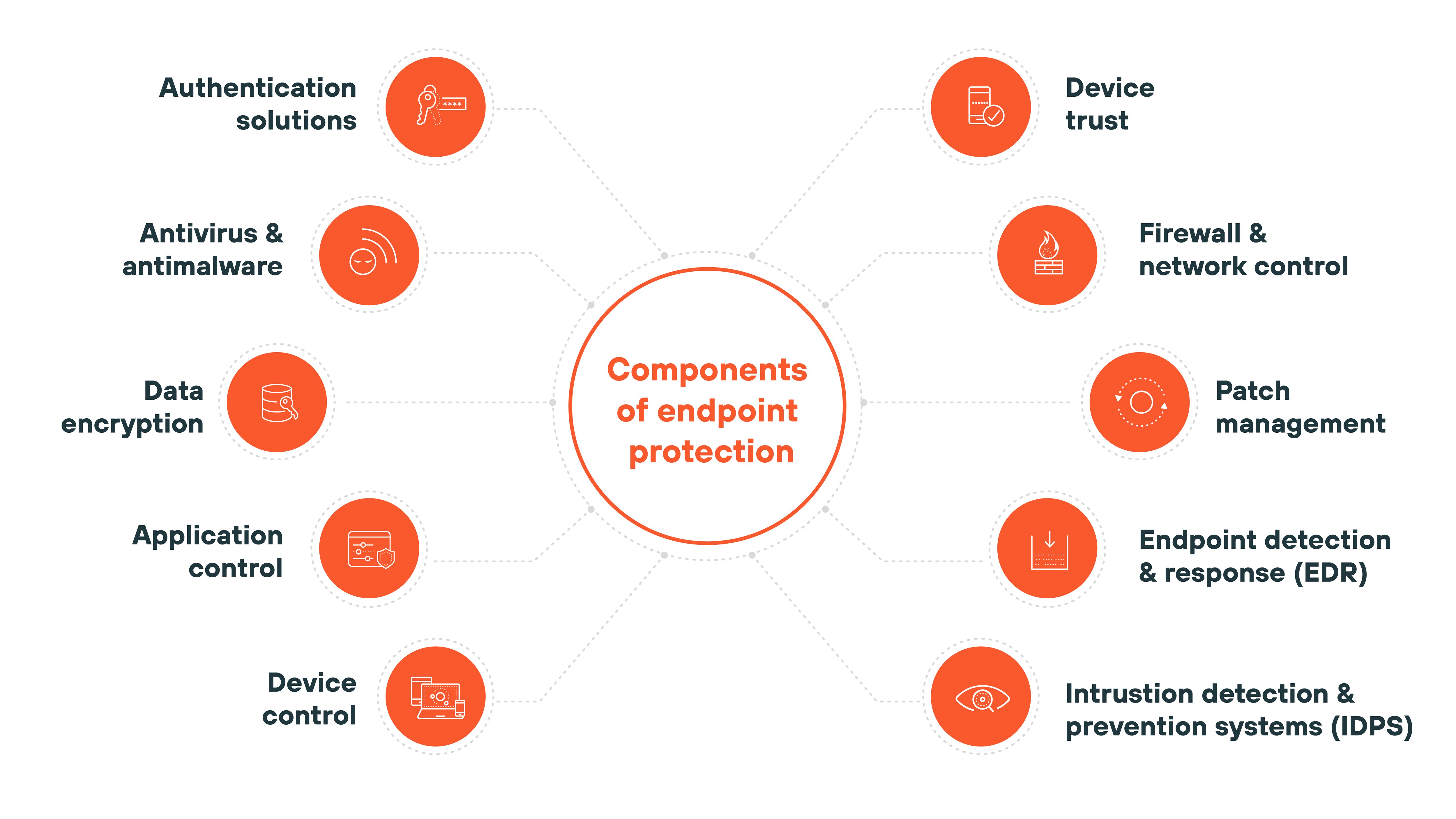
- Network access control (NAC): NAC tools help enforce security policies on devices that connect to an organization's network so that only compliant, authenticated devices can access the network.

Data security solutions
Data security solutions are comprehensive, integrated approaches that provide end-to-end data security and protection for sensitive information across an organization.
These solutions combine multiple tactics and tools to offer a more complete and secure environment, including:
- Data security posture management (DSPM): DSPM solutions provide a centralized platform to manage an organization’s data security posture. They help identify vulnerabilities, assess risks, and implement security controls across various systems and environments, particularly in cloud infrastructures.
- Governance, risk, and compliance (GRC): GRC solutions help organizations manage their risk, compliance, and security policies to ensure data security practices align with regulatory standards and internal requirements.
- Cloud security: Cloud security solutions focus on securing data stored in cloud environments. These solutions address risks such as data loss, unauthorized access, and data breaches in cloud services.
- Incident response management: Incident response solutions provide organizations with tools and strategies to detect, respond to, and recover from security incidents.
- Zero Trust Architecture: Zero Trust solutions implement strict security measures that assume no one—inside or outside the network—should be trusted by default.
By using a combination of tactics, tools, and solutions, organizations can create an effective framework to achieve and maintain corporate data security. An integrated strategy works to defend against a wide range of threats, from human error to sophisticated cyberattacks.
What are data security regulations?
Data security regulations are laws and standards that require organizations to protect sensitive information from unauthorized access, theft, or loss.
These regulations vary by industry and region. But they all aim to do the same things: Safeguard personal data and ensure organizations take the necessary steps to prevent security breaches.
Adhering to data security regulations helps businesses protect customer data and reduces legal and financial risks.
Data security compliance is the process of meeting the legal and regulatory requirements for protecting sensitive data.
It involves implementing specific security measures—like encryption, access controls, and auditing procedures—to ensure data is secure and organizations comply with relevant laws.
Compliance helps businesses avoid penalties, build trust with customers, and demonstrate their commitment to data protection.
Here are some of the most common data security regulations:
| Regulation | Description |
|---|---|
| General Data Protection Regulation (GDPR) | Protects personal data of EU citizens, requires consent for data processing, and enforces strict security measures. Violations can lead to fines of up to 4% of annual revenue or €20 million. |
| California Consumer Privacy Act (CCPA) | Gives California residents control over their personal data, mandates transparency on data practices, and allows opt-out of third-party data sharing. |
| Health Insurance Portability and Accountability Act (HIPAA) | Protects patient health data, ensures secure medical records, with penalties for non-compliance reaching up to $50,000 per violation. |
| Sarbanes-Oxley Act (SOX) | Mandates strict controls and audits for publicly traded companies over financial reporting systems to ensure data accuracy and security. |
| Payment Card Industry Data Security Standard (PCI DSS) | Sets security standards for organizations handling credit card transactions, requiring the protection of cardholder data and strong security against breaches and fraud. |
| ISO/IEC 27001 | Provides guidelines for implementing an information security management system to help reduce risks and protect sensitive information through best practices. |
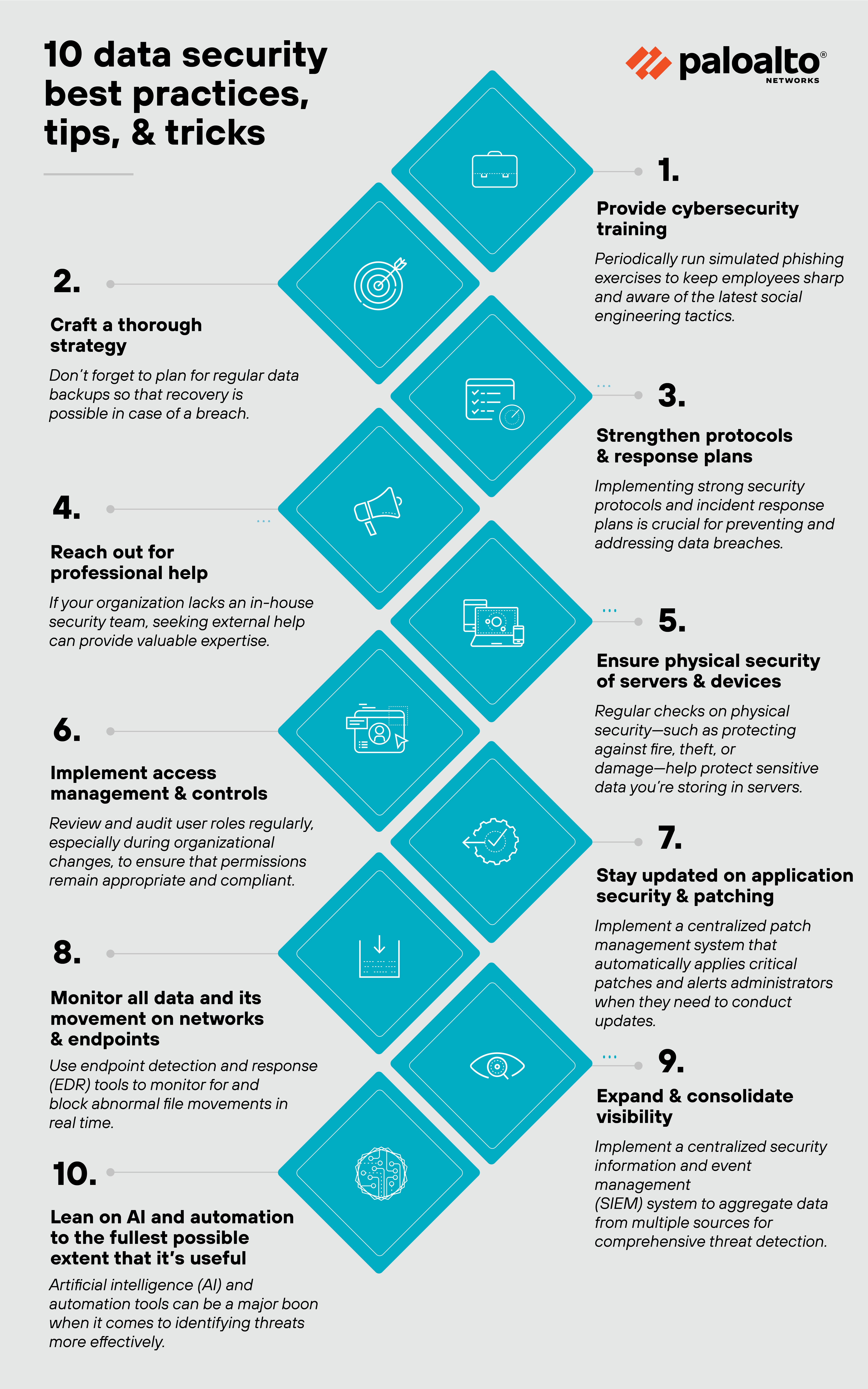
By implementing a strong combination of proactive data security tactics, organizations can bolster defenses and minimize exposure to potential threats.
Here are some data security best practices that organizations should keep in mind:
- Provide cybersecurity training: Cybersecurity training is a foundational data security tactic that we’ve all come to know and love. And it equips employees with the skills and knowledge they need to recognize, prevent, and respond to potential data security threats.
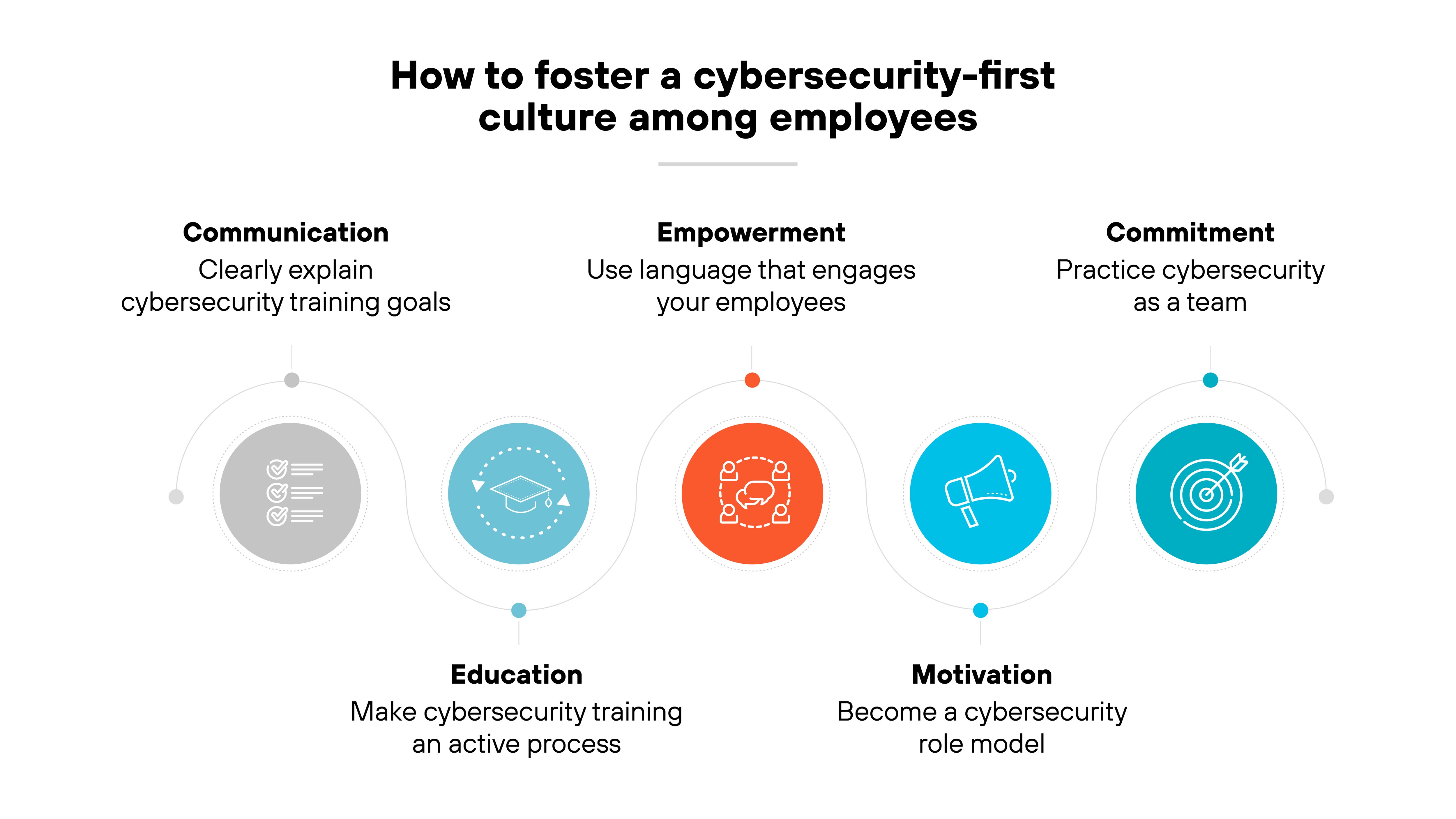
- Craft a thorough strategy: A comprehensive data security strategy should include administrative, technical, and physical controls. Which means setting clear policies, using encryption, and implementing multi-layered security measures.
- Strengthen protocols and response plans: Implementing strong security protocols and incident response plans is crucial for preventing and addressing data breaches. Regular penetration testing, automated monitoring, and employee awareness training help identify and mitigate risks before they escalate.
- Reach out for professional help:If your organization lacks an in-house security team, seeking external help can provide valuable expertise. Consultants can assist with risk assessments, provide insights into the latest regulatory requirements, and help develop or improve your security strategy. Pen testing companies can simulate cyberattacks to uncover vulnerabilities and strengthen your defense measures.
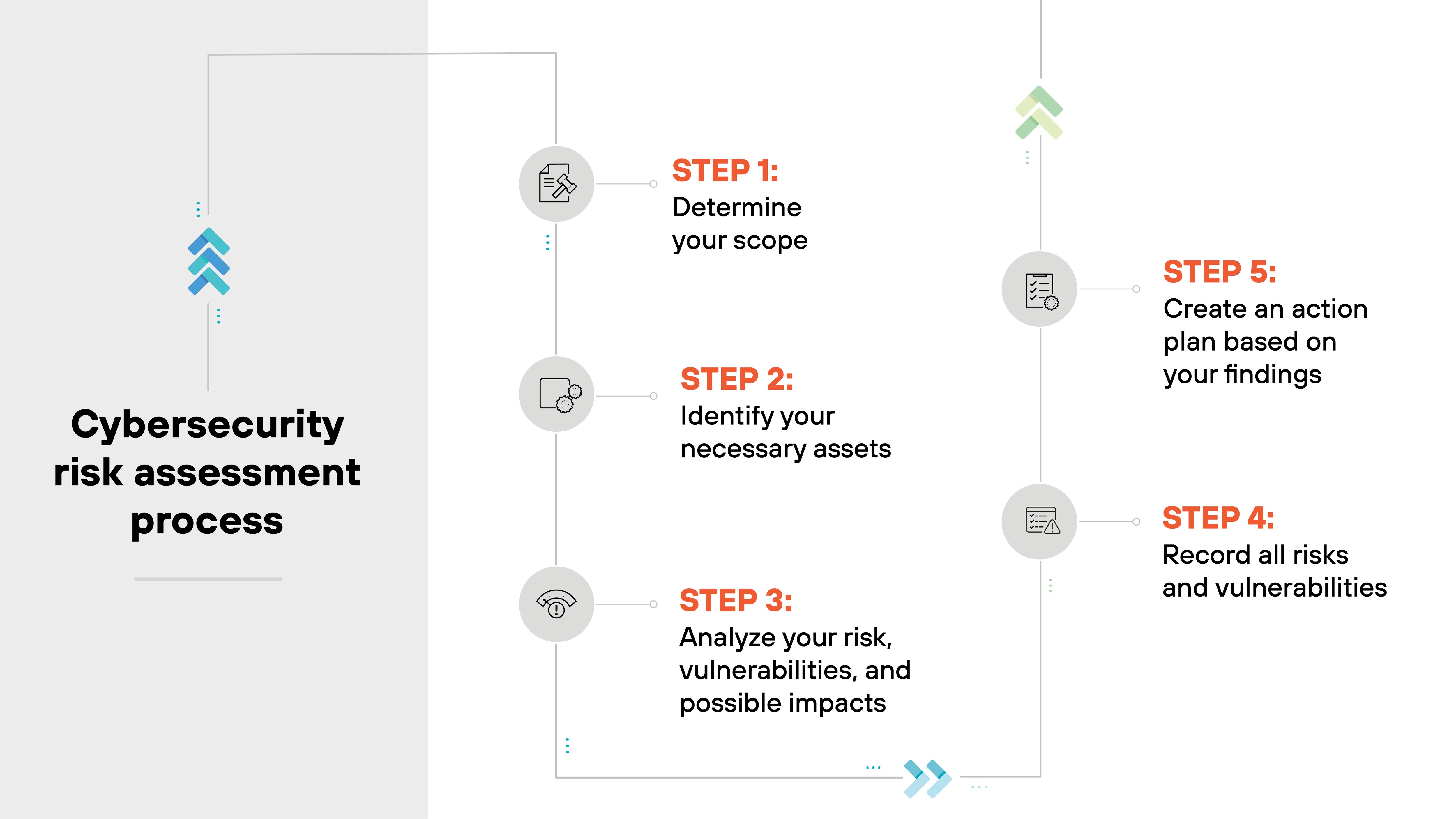
- Ensure physical security of servers and devices: Regular checks on physical security—such as protecting against fire, theft, or damage—help protect sensitive data you’re storing in servers.
- Implement access management and controls: Identity and access management (IAM) processes define who can interact with software or data systems so that only people with proper permissions can view or edit data assets. A role-based access control system simplifies user management and reduces the risk of granting unauthorized access to sensitive information.
- Stay updated on application security and patching: Patch, patch, patch. Security vulnerabilities usually crop up because of outdated software or unpatched systems. Patch software and review security configs regularly to prevent exploitation.
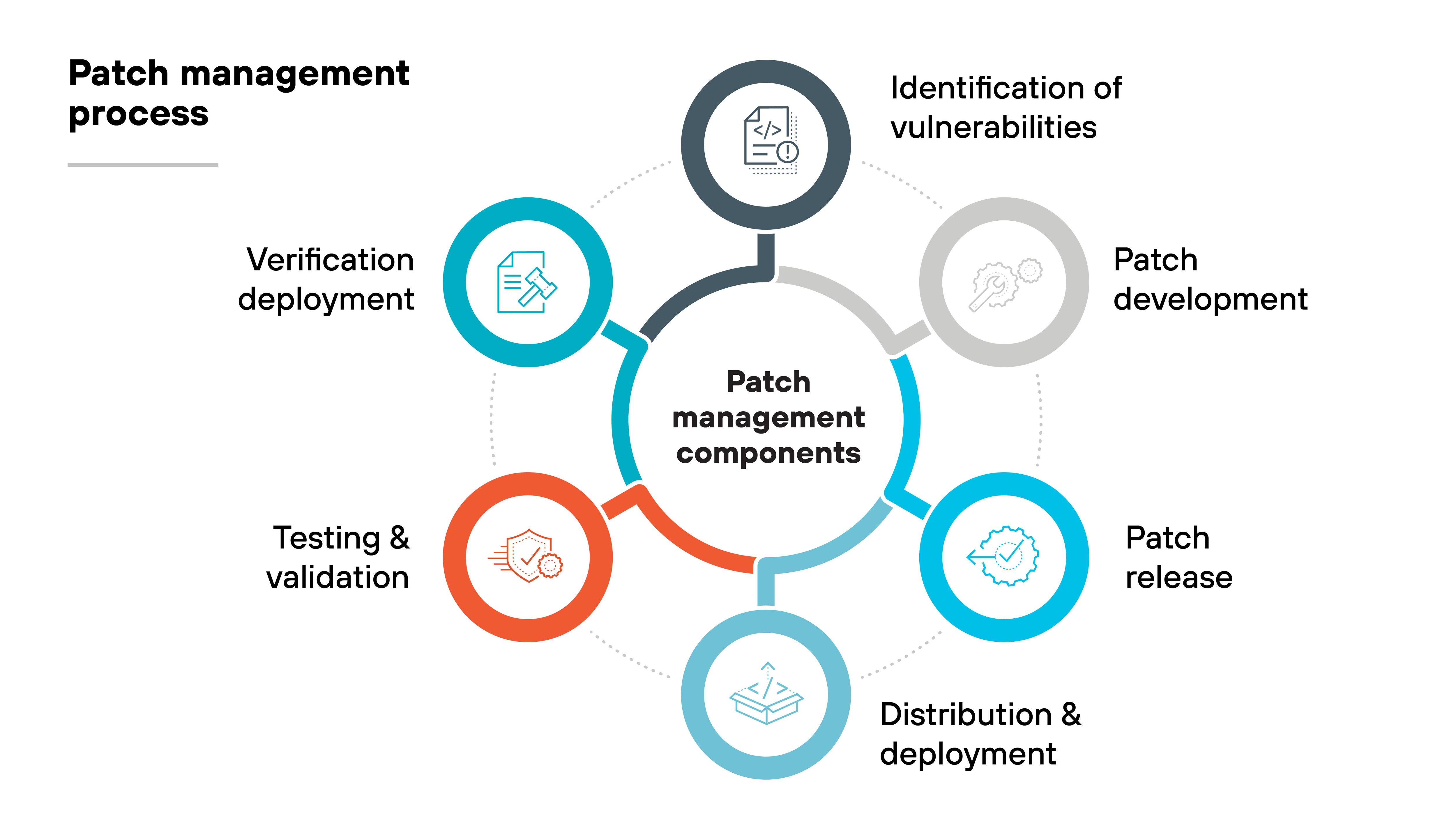
- Monitor all data and its movement on networks and endpoints: Now that hybrid and remote work models are the norm, employees are accessing data on endpoints like laptops and mobile devices on the regular. So monitor data movement across these devices and implement policies for secure access to lessen data exfiltration risks.
- Expand and consolidate visibility: Securing data involves knowing where it resides. By implementing a system that continuously monitors data flows across all environments—whether on-premises, in the cloud, or on endpoint devices—you gain a clearer view of data access points and vulnerabilities.
- Lean on AI and automation to the fullest possible extent that it’s useful: Artificial intelligence (AI) and automation tools can be a major boon when it comes to identifying threats more effectively. AI-based tools can analyze data access patterns and detect anomalies. Which makes it way easier for security teams to respond quickly. Automation can also help streamline the remediation process by applying pre-defined actions in response to detected threats.
2025 data security trends
In 2025, several key data security trends are emerging that are reshaping how organizations are protecting their data.
First, ransomware continues to be a major threat, with more sophisticated attacks expected.
AI-driven malware is making it harder for traditional defense mechanisms to detect and thwart it. As organizations face more advanced ransomware strains, investment in AI-powered threat detection and regular employee training will become even more crucial.
It’s worth noting: Phishing remains one of the primary methods for ransomware delivery. So awareness programs and phishing simulations are more important than ever.
Second, the adoption of cloud computing is rapidly outpacing cloud security measures.
With the shift to remote and hybrid work models, securing cloud environments is an influential priority.
This year, organizations will continue implementing frameworks like Zero Trust Architecture (ZTA) and cloud security posture management (CSPM) to mitigate the risk of cloud misconfigurations. These frameworks help organizations monitor and secure their cloud infrastructure continuously—ensuring that data is protected no matter where it's stored or accessed from.
Finally, the role of artificial intelligence (AI) in cybersecurity overall is expanding on both sides of the threat landscape.
Attackers are harnessing AI to create more sophisticated tools. But so are data security vendors.
AI-powered solutions for behavioral analytics, automated compliance monitoring, and threat detection are becoming more effective.
However: The rapid development of AI also presents unique challenges. Particularly regarding the need for AI governance to ensure employees are using these tools responsibly and securely.
Comparing data security with other security technologies
It’s worth taking a moment to differentiate data security from other security technologies, including data privacy, data backup, data protection, and cybersecurity.
While all of these security practice areas share the common goal of protecting information, each has its own specific focus and tools.
This table compares data security basics with these other security technologies, highlighting their unique features and areas of overlap:
| Security technology | Definition | Primary focus | Tools & methods | Overlap with data security |
|---|---|---|---|---|
| Data security | Focuses on protecting digital information from unauthorized access, corruption, or loss through measures like encryption and access control. | Prevent unauthorized access and data breaches. | Encryption, access controls, disaster recovery, intrusion detection. | Has strong overlap with data privacy and protection for securing data. |
| Data privacy | Ensures that individuals or organizations control who can access their personal or sensitive data, especially regarding third-party sharing. | Maintain control and privacy over who accesses data. | Access control, data anonymization, user consent protocols. | Data security measures contribute to data privacy protection. |
| Data backup | Involves creating copies of data to ensure recovery in case of loss, corruption, or breach. | Ensure data availability and integrity through restoration. | Regular data backups, disaster recovery plans, cloud backup. | Data security helps prevent data loss, and backup restores it. |
| Cybersecurity | Encompasses protection of all digital assets, including data, networks, and devices from cyber threats. | Protect the entire digital infrastructure from cyber threats. | Firewalls, anti-malware, intrusion detection systems, encryption. | Data security is a subset of cybersecurity, focusing on data protection. |
| Data protection | Combines data security and backup strategies to prevent unauthorized access, loss, corruption, and ensure data recovery during incidents. | Prevent unauthorized access, ensure recovery, and maintain data integrity. | Encryption, backup, compliance with data privacy regulations, firewalls. | Data security is part of data protection, ensuring both access control and recovery. |